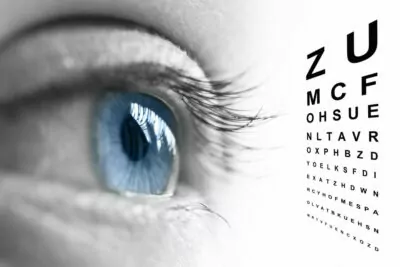
Why was this study done?
Many people with dizziness or balance problems are given exercises to help stabilize their vision while moving their head. However, it can be hard for patients to know if those exercises are helping. This study measured how well people could see clearly during head movements (called dynamic visual acuity, or DVA) when looking at objects up close versus far away, which may support self-assessment of DVA.
What did the researchers do?
Researchers tested 94 adults in three groups:
- People with surgical damage to one side of their inner ear from surgical tumor removal (called unilateral vestibular deafferentation, or UVD),
- Veterans who felt dizzy but had normal inner ear function,
- Healthy individuals with no dizziness.
Participants looked at letters on a screen while moving their heads up and down or side to side. They were tested both at a near distance (about 20 inches or 50 cm) and a far distance (about 6.5 feet or 200 cm). A small device measured their head movements.
What did they find?
- Everyone had more trouble seeing clearly when the target was close compared to when it was far, especially while moving their heads.
- This was true for all groups: people with vestibular damage, veterans with dizziness, and healthy individuals.
- People with inner ear damage (UVD) had the most trouble seeing clearly while moving their heads, especially at near distances.
- The study found that testing DVA up close may be a better way to identify and track problems with the vestibulo-ocular reflex (VOR), which helps keep vision steady during head movement.
Why does this matter?
- Near-distance DVA testing is simple, does not require expensive equipment, and can even be done at home.
- It could help patients and therapists determine whether balance and vision exercises are working.
- Because it’s more challenging than far-distance testing, it might give more useful information about inner ear function, especially in cases where standard tests don’t show clear problems.
Bottom line for patients
If you have dizziness or balance problems, your therapist may ask you to practice looking at targets at different distances while moving your head. Testing how well you can see during these movements—especially with near targets—may help track your progress. This kind of testing could become a helpful tool in both clinics and at home.
